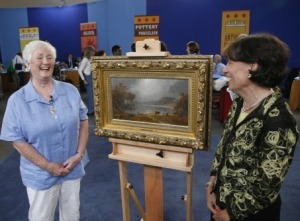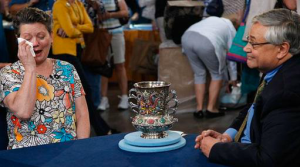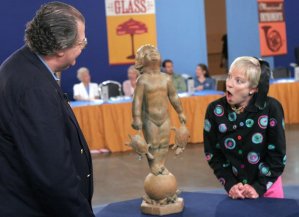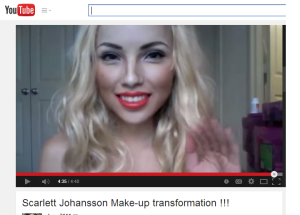Current hip hop is constantly being reprimanded for its lyrical obsession with hoes, money, drugs and generally un-lofty ideals. Re-examining some of the lyrics to chart topping favorites has me wondering what influence rap might have on self-esteem. Perhaps radio edits and censored versions of these songs actually endorse a positive self worth, even if you do lack the Maserati and bootylicious body.
This thought occurred to me passing by someone’s blasting headphones on the street this week. A very audible chorus simply¹ stating, “I’m the *bleeping* greatest, yeaaa…” was repeating on loop. In that fleeting moment, I couldn’t help but notice my posture improve and a little swagger develop in my step. “I should probably be listening to more rap”, I thought to myself.
I took it upon myself to investigate the lyrics of a few of the most recently popular raps and get to the heart of the songs. Expletives aside, I noticed some empowering themes emerging, many of which are the cornerstones to developing high self-worth.
Knowing Yourself
“Oh Lord, know yourself, know your worth, *bleep*
My actions been louder than my words, *bleep*”
– Drake, Zero to 100
Positive Self-Talk
“Numba 1, b—- you can’t replace me (Can’t replace me)”
-Wiz Khalifa, We Dem Boyz
Accepting Life’s Set Backs
“Battle wounds on me, you watching me lick ’em clean
I know, I know, my pride, my goals, my highs
My lows, I know, I know, it’s mind control
I know, I could prosper, no imposter”
– Kendrick Lamar, It’s On Again
“They wanna know how I got M’s and I didn’t even finish college”
-Rich Gang, Lifestyle
“I done made a million and I didn’t go to college”
-Yo Gotti, I Know
Scraping the surface of money flaunting and sexual objectification, modern rap may be the propagation of something beyond aesthetic desires. Put a new spin on it and rap is a tool of empowerment; a way to switch out the negative tape currently playing in your head.
Let me know, comment below :
What are your favorite empowering rap lyrics?
¹Unfortunately, the song’s simplicity was also it’s fault as my Google™ search later that night yielded no results.





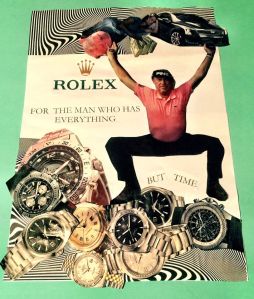




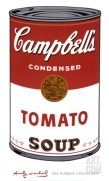

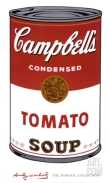
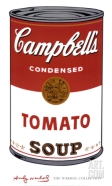
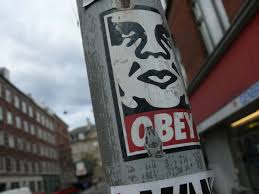
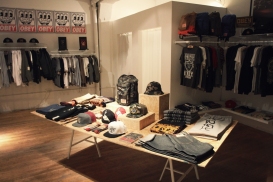 OBEY Retail Space In London, UK
OBEY Retail Space In London, UK

